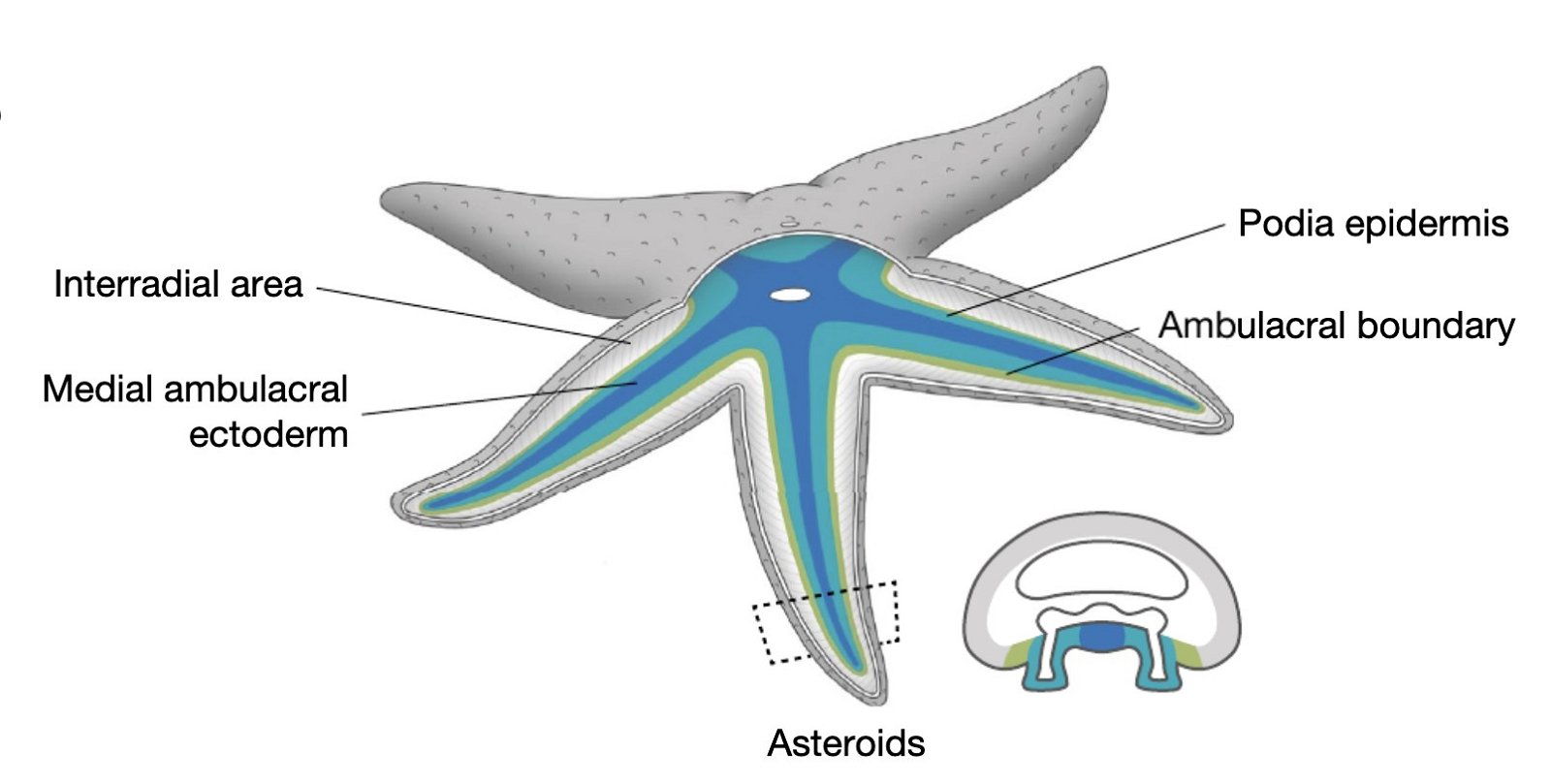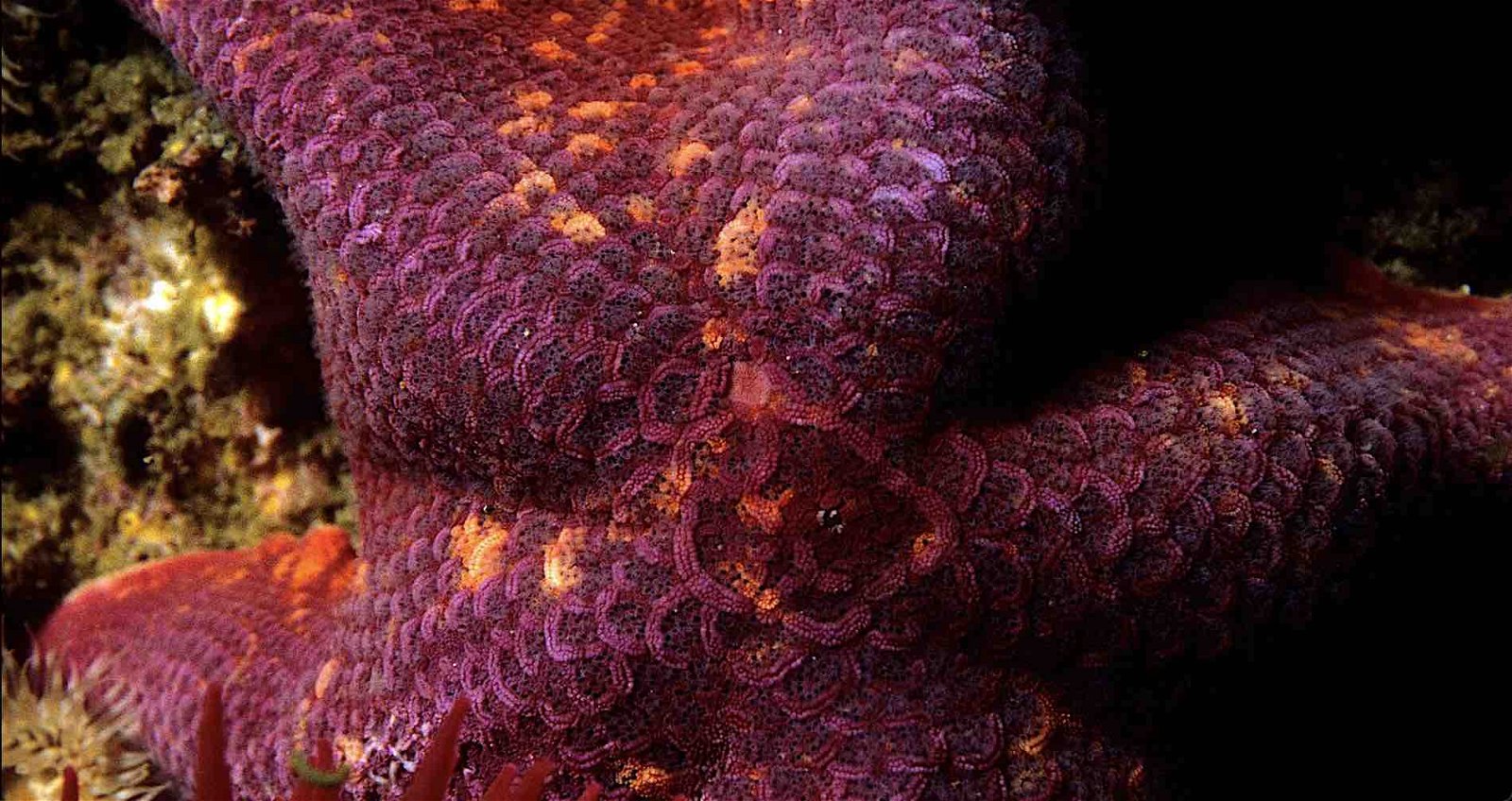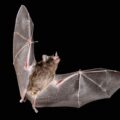Marine invertebrates are turning out to be much weirder than scientists previously realized, based on new research that is revealing how evolution has helped them to get “a head” in life… and apparently not much else.
Researchers have long been perplexed by echinoderms—the marine invertebrates that include creatures like starfish, sea cucumbers, and sea urchins—and how they came to possess their unique bodies and characteristic shapes. This is particularly the case with starfish, organisms that usually have five arm-like appendages fitted with tube-like feet, which they use both to crawl along the ocean floor and in some cases to open shells and perform other tasks.
One of the great mysteries about starfish and their relatives has to do with how these creatures evolved in this way, given that their ancestors were much simpler organisms with a more basic, two-sided symmetry. Many scientists would probably agree that modern echinoderms differ so greatly in their body structure from their ancestors that comparisons between them become difficult.


To try and unravel the mysterious evolution of these creatures, a team of researchers decided to take their inquiries down to the molecular level, by looking at the molecules that generally govern the orientation of head-to-tail layout in the majority of organisms, including close relatives of echinoderms.
The international research team, which included Stanford University researchers Chris Lowe, Laurent Formery, and several others, studied the distribution of these molecules in Patiria miniate, otherwise known as the bat star. These starfish get their name from the webbing between their armlike appendages, which bears some similarity to a bat’s patagia, the membranous skin that connects the limbs and digits of these flying mammals to form their wings.
Although bat stars typically have five arms, in some cases they can have up to nine short, triangular appendages.
In their recent study, the research team decided to look at the location and arrangement of molecules involved in RNA messaging in these creatures. On the one hand, the team found that the arrangement of these molecules in bat stars was similar to certain other animals. For instance, the team found that the centerline of the starfish’s arms is similar to what would be the front portions of other organisms, while the edges bore similarity to the the back of other creatures.


However, there were also a few surprises awaiting the researchers. Namely, while examining the molecules of these humble sea-dwellers, they were unable to find any part of the starfish that compares to the typical patterns of body layout that most two-sided animals possess.
“This finding suggests that from the perspective of ectoderm patterning, echinoderms are mostly head-like animals and provides a developmental rationale for the re-evaluation of the events that led to the evolution of the derived adult body plan of echinoderms,” the authors write in their paper.
To put it another way, the new findings essentially suggest that when we consider the organizational patterns of the outer layer of cells in these varieties of organisms, starfish and their relatives are essentially like a head without a body.
Approaching starfish and similar organisms in this way could help scientists to better understand the ways these creatures and their atypical body shapes evolved.
“Most importantly, the new axial paradigm established here can be integrated with the exquisite fossil record of the phylum to reinvestigate key morphological transformations in light of regulatory changes,” the researchers write.
The research team’s paper, “Molecular evidence of anteroposterior patterning in adult echinoderms,” appeared in Nature on November 1, 2023.
Micah Hanks is the Editor-in-Chief and Co-Founder of The Debrief. He can be reached by email at micah@thedebrief.org. Follow his work at micahhanks.com and on Twitter: @MicahHanks.

